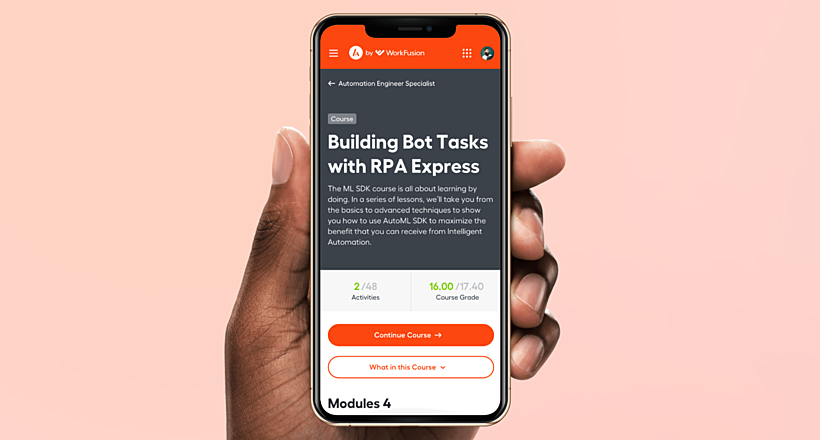The potential of EdTech has long been recognized by companies worldwide as they continue to invest more and more. It is crucial to stay current with the latest EdTech trends.
Global EdTech spending is forecast to grow in 2025 across several key segments:

Source: Statista
Education continues its digitalization at a quickened pace, and new EdTech trends spring up every year. The Agente team keeps abreast of e-learning industry changes to create high-quality software solutions that are competitive on the market and easy to maintain.
In this article, we talk about what’s in and out of education technology trends in the near future.

Key Edtech Trends & Technologies
Now let's explore the top trends in educational technology that are shaping the future of learning. Discover how innovative technologies and approaches are transforming the educational landscape, offering new opportunities for educators and students alike.
Immersive technologies
Traditional approaches involve role plays or field trips. Now, the rise of accessible augmented reality (AR) and virtual reality (VR) are becoming one of the top trends in educational technology. VR and AR technologies continue to evolve, helping to simulate real-life situations, and offering far more value than a traditional classroom setup ever could. Incorporating classroom management software, these AR and VR experiences can be seamlessly integrated and monitored for enhanced educational outcomes.
VR is an enclosed experience that fully immerses the user in a computer-generated environment. All the physical surroundings are shut out. You can have a field trip to Mars, take a look inside the human brain or visit museums. For example, Van Gogh Museum offers several virtual tours in which you can see and zoom into every corner.
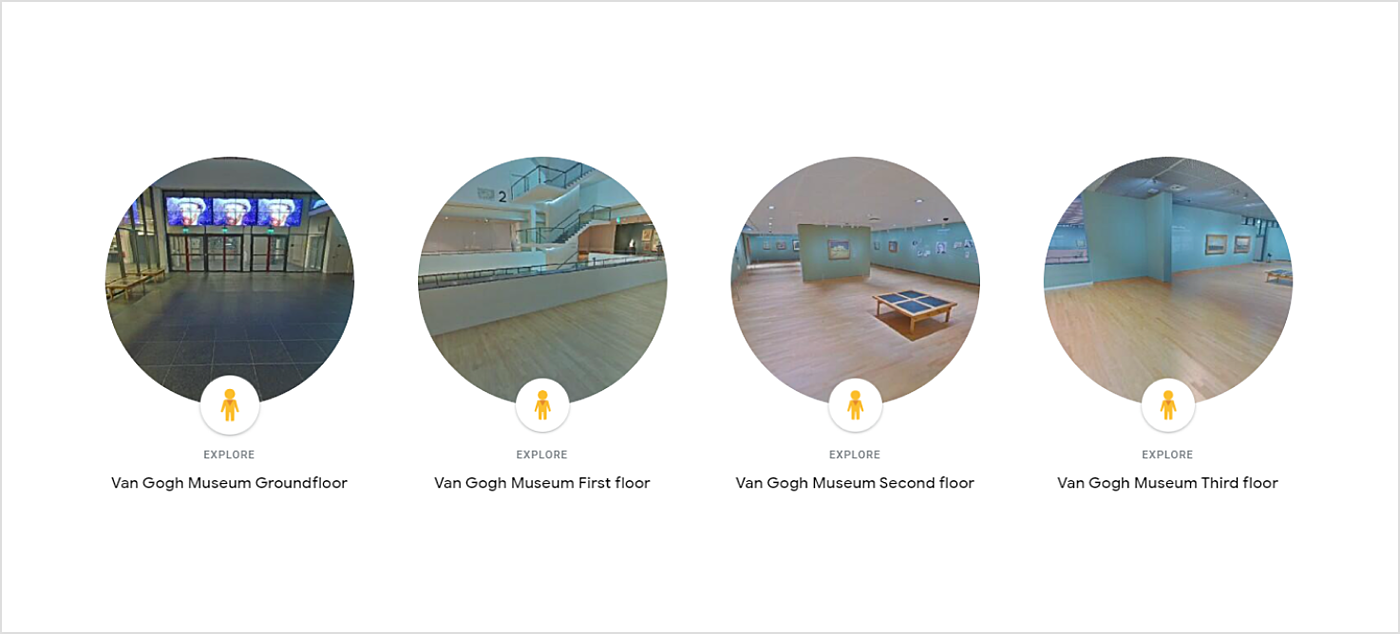
Source: Google Arts & Culture

Source: Google Arts & Culture
AR, in contrast, superimposes digital elements onto real-world objects and backdrops, for example, supporting textbook materials with AR examples. Take a look at the ARki application. It enables students to apply their design to any space. It allows architects and interior designers to see how specific design solutions will look in reality and can be used in LMS.

Source: ARki
Immersive learning involves the use of a VR headset, which allows students to experience everything from historical drama to environmental science. AR is more accessible as most students have mobile devices with cameras.
Voice interfaces are another example of immersive education. Generation Z students already use Alexa at home, asking for word definitions when doing homework.
One of the recent trends in education technology is the use of chatbots that deliver lectures via conversational messages. This way, students are more engaged in learning because they are already used to this way of communication. Chatbots will also reduce the workload of human educators. For example, in the femtech application Flo, an assistant can analyze your cycle data and give advice on your health.
You may also be interested in Why and How to Add AR/VR Experiences to Your LMS
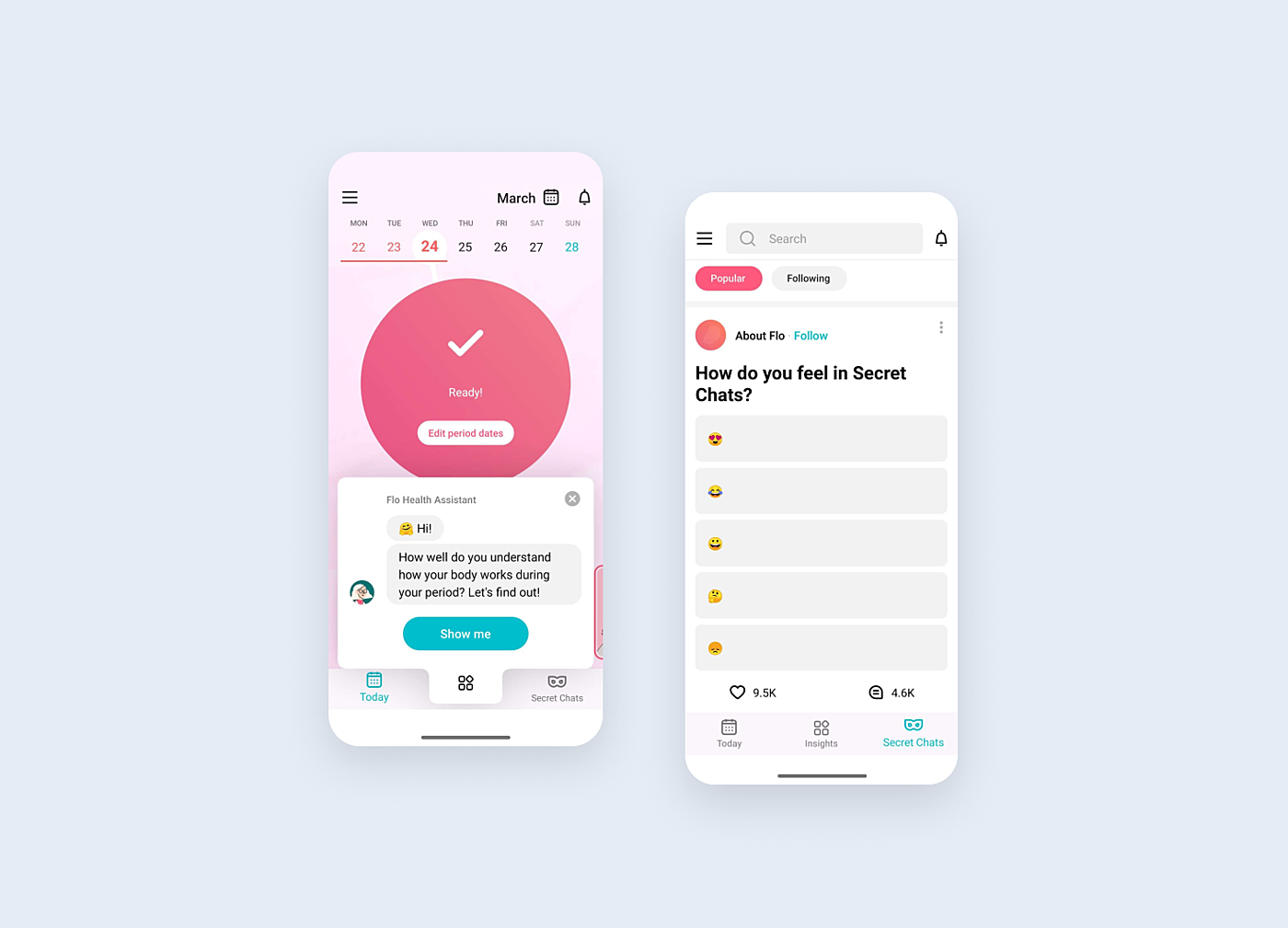
Source: Flo
Machine Learning
ML is one of the recent trends in education technology. Machine Learning (ML) is a subset of Artificial Intelligence (AI) that helps teaching machines to learn from all previous data and make intelligent decisions. ML is the foundation of any customizable and learner-centered learning management system. It is used to analyze data more effectively and provide more targeted eLearning resources to your audience.
Machine learning is used in the corporate sector to improve employee satisfaction and retention. This involves a combination of the HR system and LMS. Predictive analytics and iterative evaluations allow you to pinpoint patterns (for example, a significant spike in course drop-outs or certification lapses). You can intervene before it’s too late and retain your top talent.
Automated schools
Automated schools represent a recent trend in educational technology, offering innovative solutions for streamlining administrative tasks and enhancing learning environments.
Today many schools rely on online assessments that are flexible, interactive, and efficient to deliver. Schools will continue integrating smart tools. Take a look at some automation examples:
- Face recognition technology to control attendance. Note that there are three major privacy concerns around facial recognition technology: misuse of facial recognition data, security breaches, and improper storage sharing. That’s why schools should have audits of security measures and protocols that are in place.
- Autonomous data analysis to automate administrative tasks, such as student registration, shortlisting of candidates, enrolment processes, and certificate generation processes. Process automation will drastically reduce the workload for administrative staff by minimizing these manual processes. For example, once students have applied for a stream of study, there’s no need for a staff member to manually check and process the application forms and shortlist the candidate. When pre-defined rules are configured (such as checking eligibility criteria), shortlisting of candidates is done faster.
- Building costs control. Lighting and heating/cooling systems can be automatically controlled, as well as the school’s security system.
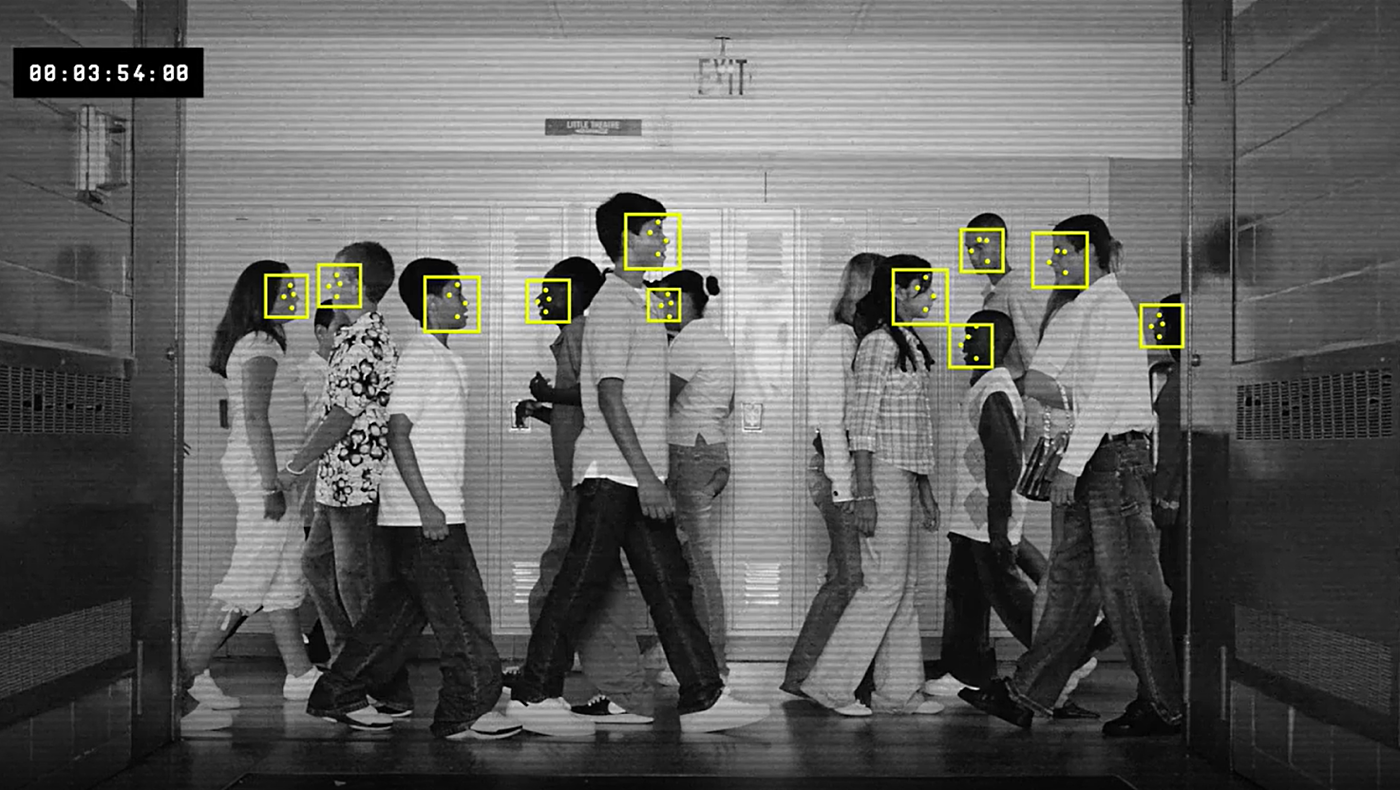
Source: Wired
EdTech industry trends that stood the test of time
Some education technology trends have already stopped being a novelty and should become an intrinsic part of the learning process. These are personalization, inclusiveness, gamification, digital curriculum, whiteboard, as well as data privacy.
Personalized education
One of the recent trends in educational technology emerged is personalized education. You’ve probably heard of Udemy for Business. This app is designed for companies that create training materials and assign courses to particular users, as well as creating custom topics and user groups. The platform offers business-focused courses presented by expert instructors who can track individual user engagement, as well as overall user activity. With on-demand personalized learning, employees have 24/7 access to videos and can communicate with fellow learners and tutors online. They can learn on the go with Udemy, by reading articles, watching presentations, and saving courses for offline use.
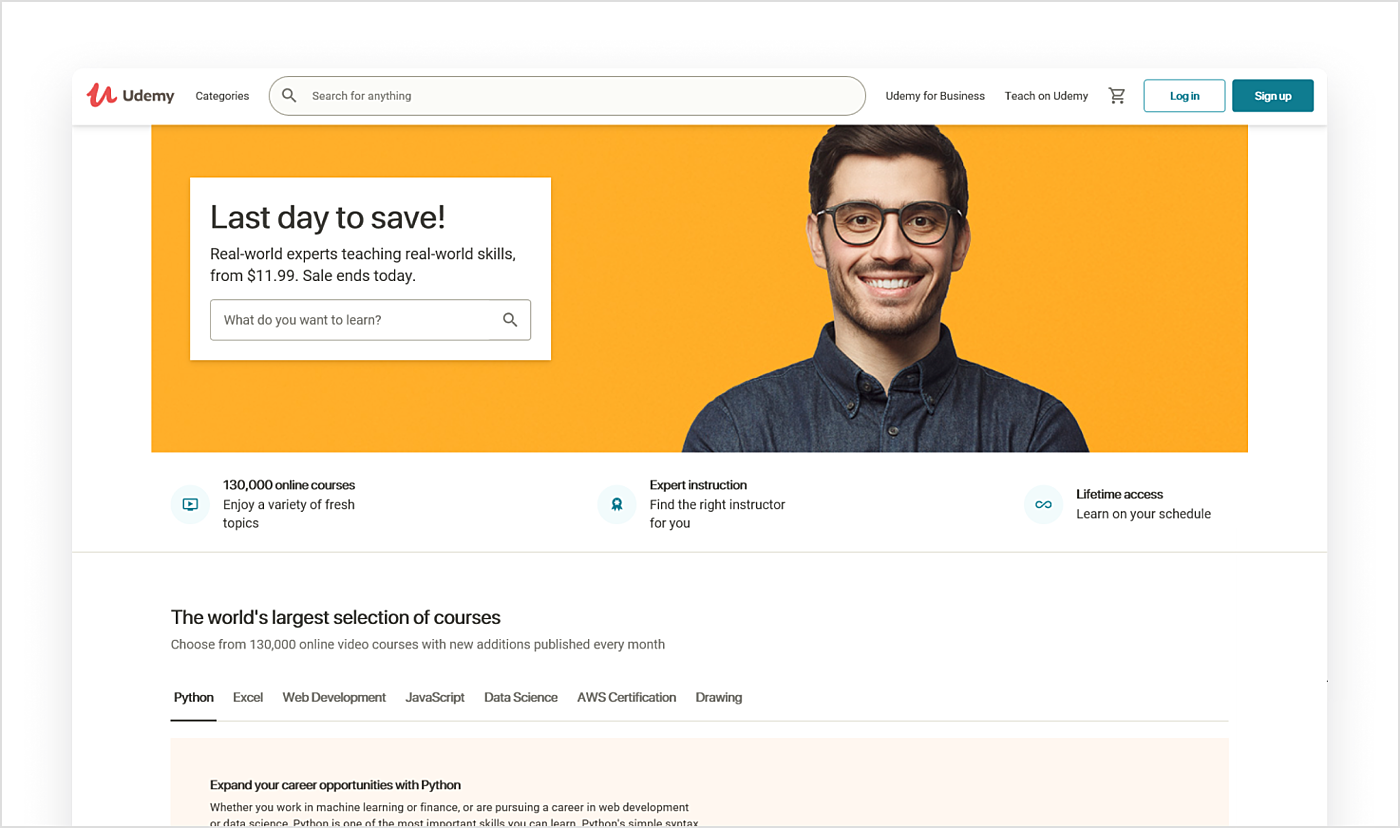
Source: Udemy
Inclusive education
One of the most exciting and important results of the educational technology boom is that it provides access to all learners, including those with disabilities.
EdTech brings lots of benefits to students and employees with special needs:
- Electronic worksheets help those with fine motor skill impairment.
- Audio recordings and text-to-speech to assist visually impaired or dyslexic students.
- Video recording can restructure lessons to help students with behavioral or attention issues, for example, ADHD (attention deficit hyperactivity disorder).
- One-to-one devices reduce the negative effects of studying on those with mobility impairments, and allows students to self-pace.
Gamification
Among the recent trends in educational technology, gamification is a popular one.
In the realm of corporate training, gamification adds badges, points, and other game features to training courses and modules, giving people a new way to learn.
A good example of a gamified app is Scavify. This platform provides gamifying engagement and team-building for all types of corporate training and employee bonding. It is great for new-hire training, team building, special events or occasions, or even for giving employees the day off to do something a little different and fun.
Read also: How to Develop Educational Games That Engage Your Players

Source: Scavify
Digital curriculum
Digital learning materials already range from PDFs and PowerPoint presentations to interactive whiteboard lessons and fully digital courses as seen on Udemy and Skillshare. Tutors can now create their signature courses for learners with tools like Google Classroom.
A digital curriculum is easy to update and finetune to individual students’ requirements. It empowers tutors with automatic class tracking, pre-made materials, and simplified classroom management so they can save time and help staff to learn. Digital curriculum is rapidly emerging as a key digital trend in education, revolutionizing the way educators create, deliver, and tailor learning experiences to meet the evolving needs of students.
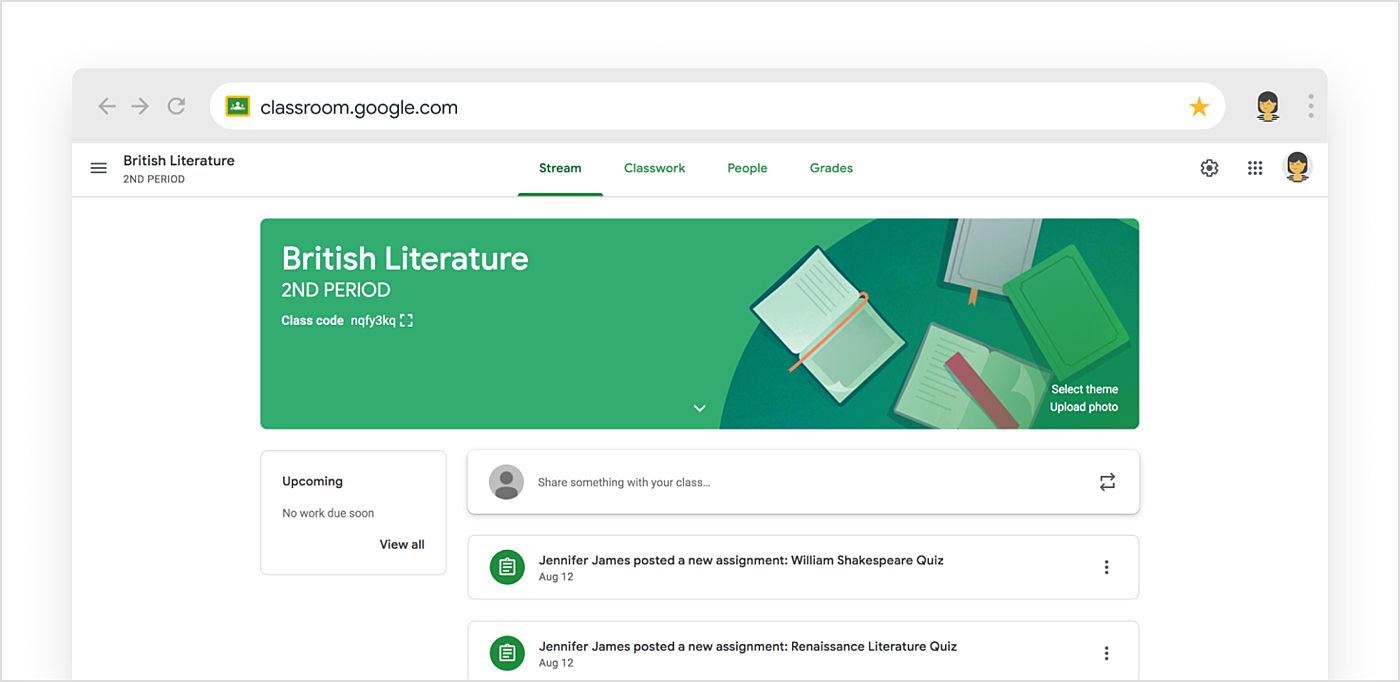
Source: Google Classroom
Digital whiteboarding
A lot of classrooms already have interactive whiteboards. Another step forward and a continuing trend in educational technology is the digital whiteboard — a software solution that includes whiteboarding functions like writing, drawing, and annotating.
Digital whiteboards have a number of advantages over their physical versions:
- Screen sharing and recording
- Remote input
- Virtually infinite board space
- Multimedia options
- Multi-device integration
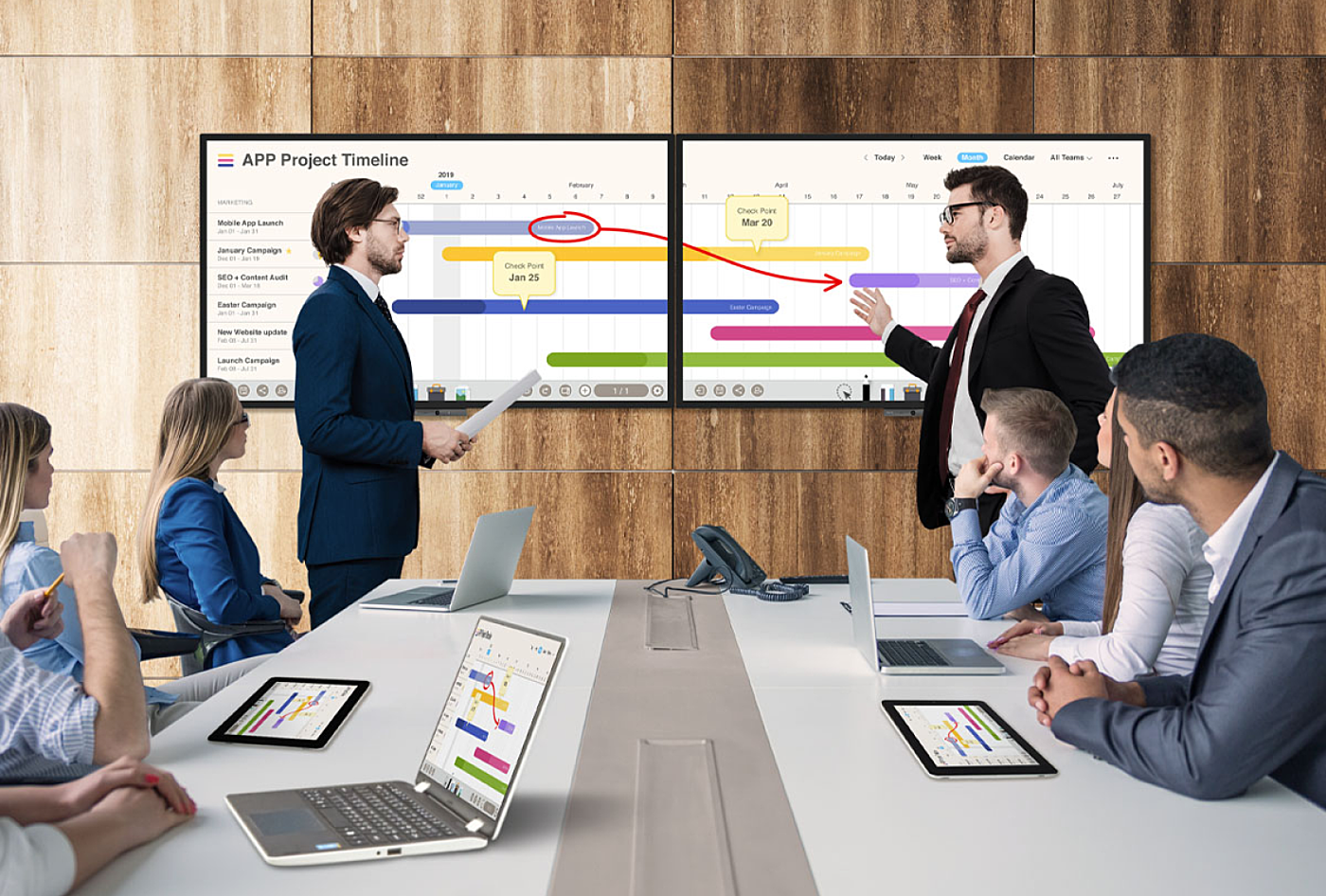
Source: Benq
Data privacy
The shift to cloud computing has brought benefits to data privacy. According to GDPR, CCPA and similar regulations, it is mandatory to know how and when data was collected, stored, recorded, transferred, and deleted. It is obligatory to inform users of the intended use for the data.
Data security regulations like GDPR and CCPA give individuals greater rights over their data, and you’ll need to be able to prove that you have the right processes and procedures in place. E-learning providers who fail to comply with GDPR will be financially sanctioned—up to 4% of a company’s annual global turnover.
Trends Influencing EdTech Software Development
LMS trends
More and more corporate environments are integrating learning management systems for employee training and onboarding. We can single out two major LMS development trends.
Big data analytics growth
Big data analytics in education is one of the emerging trends in educational technology that allows educators to cater to individual learners' needs. This year, the trend will allow companies to increase their training ROI by gathering relevant information about their learners' experiences so they can present the information through tailored training formats.
User-generated eLearning content
Companies are becoming more independent and more interested in creating their own eLearning content as opposed to buying it or outsourcing its creation. User-generated content (UGC) allows learners to latch on to content produced by their peers throughout the learning process. UGC means a transition to a more open working and learning environment which makes collaboration easier than ever.
LXP popularization
A learning experience platform allows you to aggregate the content with a focus on learner experience. It combines content from a variety of sources: intranet, content libraries, LMS, collaborative platforms (Microsoft Teams, Zoom, Adobe Connect), SharePoint Portal, and more.
The platform can be powered by emerging technologies such as AI and data analytics, along with their inherent ability to integrate resources from various learning environments.
Corporate microlearning platforms
Microlearning is gaining popularity: According to the Docebo report it is 17% more effective than traditional training. It can help L&D experts develop a positive learning culture, bringing more flexibility in organizing staff training.
Microlearning is a great strategy that can assist with administering eLearning and deliver a quick skill upgrade among employees. It involves creating short lessons focusing on one particular topic and assisting with learning particular skills. Think of it as a collection of short training videos that are mandatory in the workplace. Corporate microlearning helps to group lessons into important concepts that learners can focus on one at a time, making it easier to digest the information.
Robotics
Numerous types of robots are incorporated into education including “microprocessor on wheels” robots (Boe-Bot), advanced toolkits (Mindstorms), and humanoids (robots that resemble humans).
This is a future EdTech trend because smaller robots are great for teaching robotics or computer science. These toolkits can be physically manipulated, which allows students to learn a variety of disciplines across engineering.
Humanoids can provide real-time feedback and help to resolve issues related to reluctance, shyness, and frustration that may arise in dealing with a human teacher. For example, a robot won’t get tired and frustrated no matter how many mistakes a child makes.
The examples of humanoid robots that are primarily used to teach English are Nao, Tiro, Pepper, IROBI, Robovie, and Alpha Mini.
Blockchain
Blockchain technology is one of the most well-known digital trends in education. It helps educators and students with student records, which can be seemingly endless. Assets like attendance, courses, payments, grades, coursework, and diplomas can become part of a student’s personal blockchain records. One of the most important uses of blockchain in education is to issue digital certificates and badges that are secure and can be verified with ease. Cryptocurrency can be used to reward learners for completing programs to encourage them to complete programs faster.
Automatic grading
AI or automatic grading has a few significant benefits for educators. It’s a much more efficient way of grading essays, tests, and other work. It saves an enormous amount of time and decreases the size of the delegable workload while also instantly grading students.
AI algorithms can also provide guidance to learners during writing. This allows students to improve their work instantly and deliver better projects.
Recap
There will be quite a few trends in the EdTech market soon. Immersive technologies, machine learning, automation, personalization, and privacy didn’t go anywhere.
In addition, new trends in education technology emerged, like LMS and LXP development, microlearning, robotics, blockchain, and automatic grading. The Agente team embraces all the changes and is always ready to incorporate new EdTech trends into our solutions. We provide custom LMS software development services to the corporate, consumer, and educational sectors. Reach out to discuss the details.




















